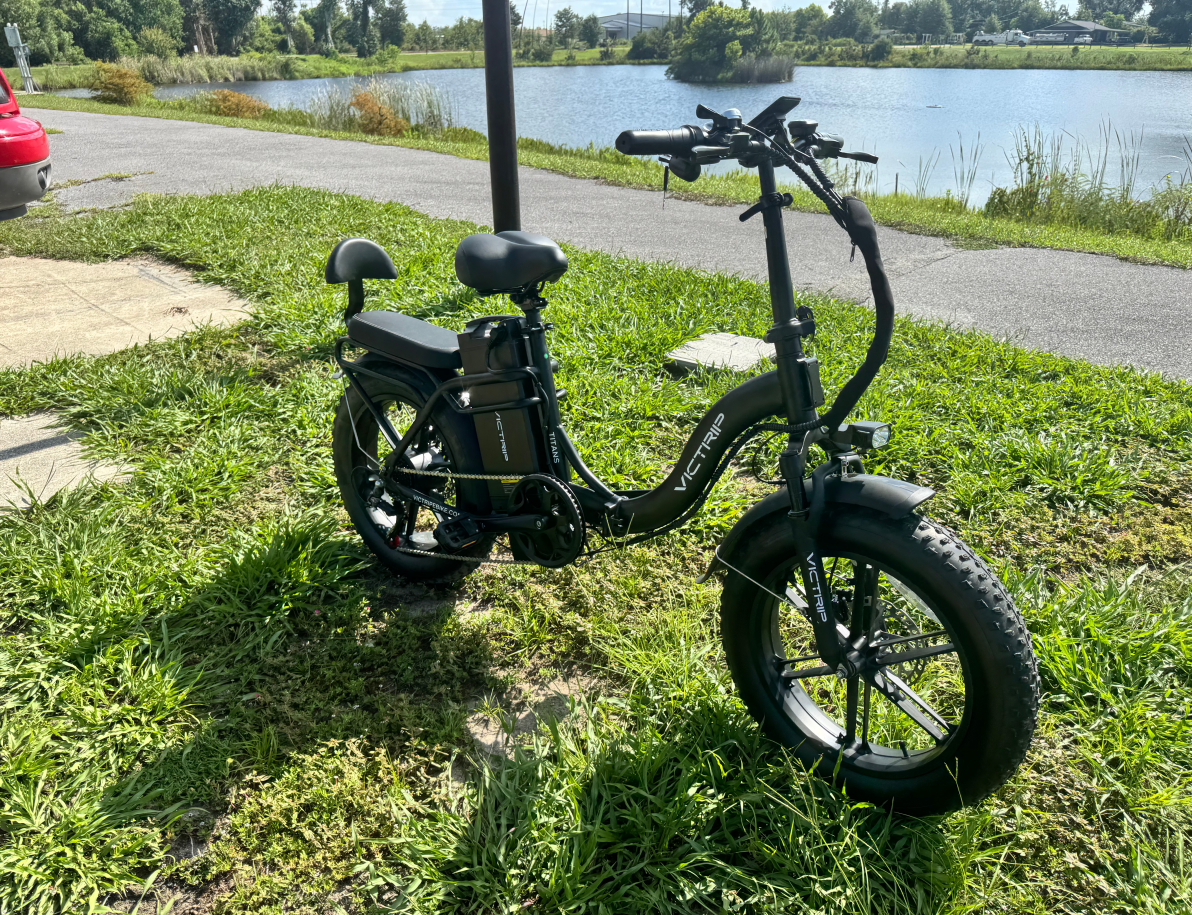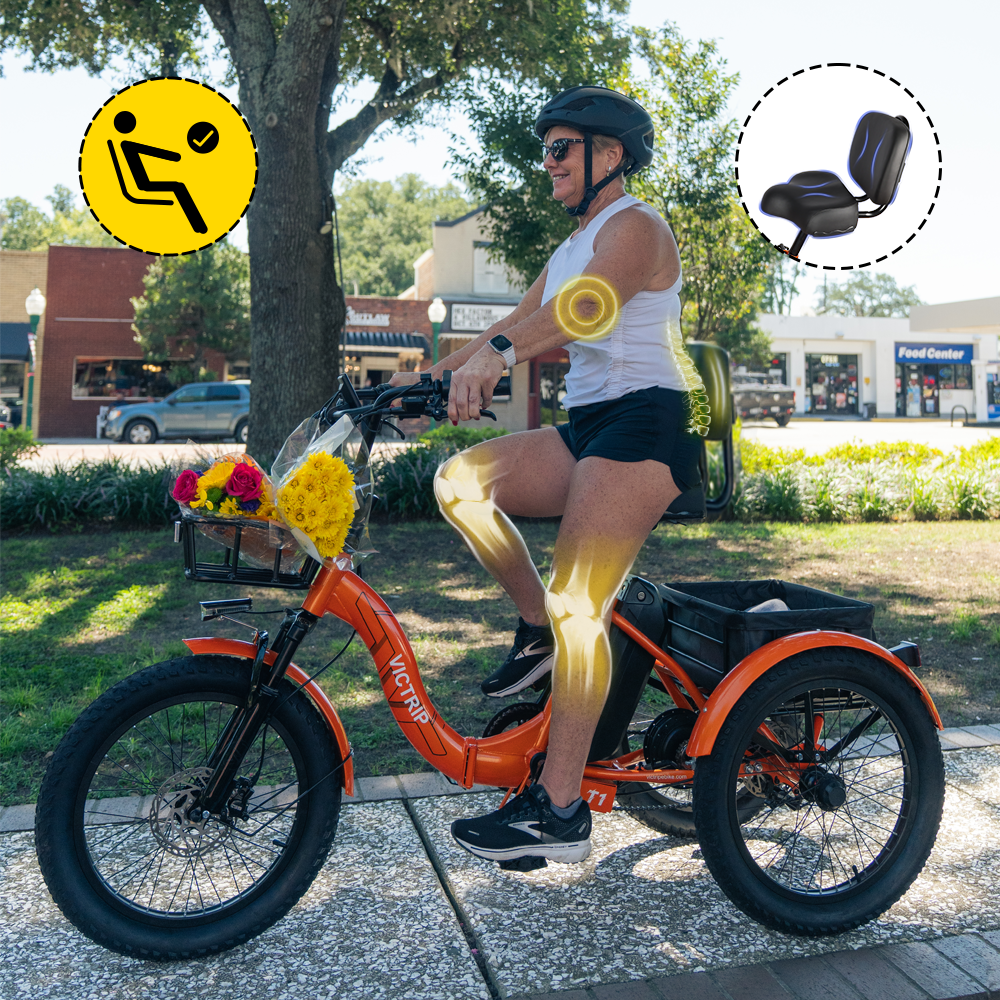
How the UK Government Supports EBike Adoption is a vital question for anyone planning to commute, deliver, or decarbonise short urban trips. This article explains seven transformative policy areas — grants and incentives, salary-sacrifice schemes, local pilot programmes, infrastructure investment, business support, community outreach, and regulation — that together make e-cycling more practical and affordable. We'll show how the government and delivery partners have funded trials and grants, improved active-travel infrastructure, and backed national pilot programmes that help people get on an e-bike, test it, and keep using it. We'll also provide practical steps for individuals and businesses who want to benefit.
Financial incentives & grants
A central plank in how the UK government supports e-bike adoption is targeted money: grants, salary-sacrifice arrangements, and local funding that reduce the up-front cost of e-cycles and e-cargo bikes. These financial tools are especially important because e-bikes generally cost more than conventional bicycles, even though they deliver significant savings against car use over time.
National e-cargo and e-cycle grants (DfT programmes)
The Department for Transport (DfT) has directly funded programmes such as the e-Cargo Bike Grant Fund and the National E-Cycle Programme pilot. The e-cargo funding rounds covered a proportion of purchase costs (for example, up to 40% of the cost, with specified caps per bike) and supported organisations — local businesses, councils, and charities — to trial cargo bikes for deliveries and services. The national evaluation documents provide concrete figures and outcomes that informed later rounds.
Why it matters: by defraying capital costs, these grants made it viable for small businesses and public bodies to swap vans for cargo bikes on many short trips, reducing congestion and emissions.
Cycle to Work / salary-sacrifice schemes for e-bikes
For individuals, the longstanding Cycle to Work salary-sacrifice scheme remains the primary national mechanism to reduce purchase cost. Employers can buy an e-bike and offer it through salary sacrifice; the tax and National Insurance savings can reduce the effective cost by a substantial percentage (commonly cited around 20–40%, depending on scheme specifics). While this scheme isn't a direct government cash grant to private buyers, it's an HMRC-backed incentive that many providers and retailers support.
Practical note: employers and employees must follow HMRC rules; smaller employers sometimes avoid the scheme because of perceived admin burdens — an ongoing policy conversation.
Local council and pilot funding (hire, loan, trial schemes)
Many local authorities received Active Travel or other DfT funding to trial e-bike hire and loan schemes: short-term loan programmes, community e-bike libraries, and employer loan initiatives that let people test an e-bike before buying. These pilots are crucial because they convert curiosity into regular use by lowering psychological and financial barriers. Active Travel England and local authority funding streams have been central to these efforts.
Business grants and fleet incentives
Beyond the e-cargo grants, central and local government procurement frameworks and some business support funds encourage fleet electrification including light electric vehicles like cargo bikes. Where grants exist, they typically require monitoring and reporting so the government can evaluate uptake and emissions savings — hence the evaluation reports that feed back into new iterations.
Load-bearing facts cited above: existence and nature of e-cargo grants, the National E-Cycle Programme pilot and its evaluation, Cycle to Work scheme's tax-efficient mechanism, and Active Travel funding for local schemes. These are important evidence points for understanding how public money is used to stimulate e-bike uptake.
Infrastructure, planning & regulation
Money alone won't shift behaviour; people need safe, convenient places to ride. That's why infrastructure investment and planning reforms are another major way the UK government supports e-bike adoption.
Active Travel funding & local authority projects
The government’s Active Travel funds distributed multi-round grants to local authorities for protected bike lanes, junction improvements and walking-and-cycling projects. Active Travel England supports the planning and delivery of these projects. These investments make both pedal and powered cycling more attractive and safe, especially on congested urban corridors.
Why it matters: an e-bike extends the practical distance a commuter will cover; combine that with safer, faster routes and you increase the modal shift from cars to e-bikes.
Safer streets, protected lanes and junction design
Design standards and local transport plans have gradually shifted toward more segregation between motor traffic and cycles. Government guidance and funding now favour schemes that reduce conflict at junctions and increase perceived safety — a major barrier to many potential e-cyclists. Planners increasingly incorporate cycle parking, charging points for e-bikes where appropriate, and cargo-bike loading bays into urban design.
Integration with public transport and cargo bike hubs
Policy is also encouraging integration: e-bike hire hubs near railway stations, secure cycle parking at interchanges, and last-mile delivery strategies that use cargo bikes. These integrations help people combine e-cycling with longer public transport journeys and support local logistics decarbonisation.
Programmes, awareness & behaviour change
Government support isn't only fiscal or infrastructural: many programmes focus on getting people to try e-bikes, build skills, and change habits.
National E-Cycle Programme and evaluation findings
The National E-Cycle Programme pilot (delivered with partners such as Cycling UK and evaluated by independent consultants) tested loan schemes, employer engagement and community trials to see how to scale e-bike adoption. The evaluation report summarised outcomes, lessons learned, and recommended next steps for roll-out. That evidence has directly informed subsequent funding decisions and local programme design.
Key takeaway from evaluations: short-term loans and workplace programmes often translate into longer-term ownership or sustained use, particularly where participants get follow-up support on maintenance and route planning.
Community loans, trials and workplace initiatives
Free or subsidised month-long e-bike loans, community events, and employer schemes let potential users experience e-bikes without committing to purchase. These interventions reduce “fear of the unknown” and are among the most cost-effective ways to increase adoption in trials — an important point that comes out of the national evaluations.
Training, safety and skills support
Training programmes — from basic handling to cargo-bike skills — are often funded or supported by local authorities and charities. These increase confidence and reduce accident risk, and they form an essential part of the “soft” policy measures that complement hard infrastructure and grants.
Barriers, criticisms & planned improvements
No policy package is perfect. Understanding the limits helps us see where support could be stronger.
Equity and access issues
National support has sometimes been uneven: many grants target organisations or businesses rather than individual buyers, and the Cycle to Work scheme primarily benefits employees whose employers opt in. Low-income households, self-employed people, and those in rural areas often find fewer accessible options. Policy debates are ongoing about how to make schemes fairer.
Cost, maintenance and charging concerns
E-bike cost remains a barrier; grants and salary-sacrifice help, but upfront prices and ongoing maintenance matter. Public policy is exploring solutions such as community repair hubs, supported finance, and clearer guidance on insurance and safety standards.
How policy is evolving (what to expect next)
Evaluations of the e-cargo funds and the national pilot feed into iterative policy changes: expect more targeted local trials, clearer employer guidance for Cycle to Work inclusion of e-bikes, and potential new incentives if broader transport funding priorities align with net-zero targets. Recent policy documents and analyses suggest government interest in scaling successful pilots.
Practical guide: how individuals and businesses can benefit
This is the “how-to” section — quick, practical steps you can take today.
How to access Cycle to Work / salary sacrifice
-
Ask your employer if they’re a Cycle to Work provider or willing to sign up.
-
If yes, choose an e-bike and safety kit from an approved supplier.
-
Employer buys the bike; you pay by salary deduction over an agreed period.
-
Confirm tax/NI savings and any end-of-hire purchase options with the provider.
How to apply for council or DfT grants (summary)
If you represent a business, charity, or local body:
-
Check DfT grant calls (e.g., e-cargo bike funds) and local council programmes.
-
Prepare cost estimates, carbon/usage forecasts, and evidence of need.
-
Expect monitoring requirements and evaluation reporting.
Tips for buying, insuring and maintaining an e-bike
-
Test ride or borrow first.
-
Choose a retailer that offers after-sales support and warranty.
-
Consider insurance covering theft and accidental damage.
-
Schedule regular servicing to extend battery life and safety.
(practical checklist style; concise guidance for immediate action.)
At-a-glance comparison table: major support streams
| Support stream | Who it's for | Type of help | Where to check |
|---|---|---|---|
| Cycle to Work | Employees via employers | Salary-sacrifice tax savings | HMRC guidance / schemes. |
| e-Cargo Bike Grant Fund | Businesses, councils, charities | Capital grants (percentage of cost) | DfT grant pages / evaluations. |
| Active Travel Fund | Local authorities | Infrastructure capital | Active Travel England pages. |
| National E-Cycle Programme | Communities, workplaces | Loan and trial schemes | DfT / programme evaluation. |
Conclusion & call to action
How the UK Government supports e-bike adoption rests on a combination of targeted funding, infrastructure upgrades, workforce-facing incentives and behaviour-change programmes. The evidence from national pilots and grant evaluations shows that loans, trials, and employer schemes can move large numbers of people from curiosity to regular use — provided routes are safe and ongoing support exists. If you’re an individual, ask your employer about Cycle to Work. If you run a business or council, review DfT grant pages and consider a small pilot with monitoring; many programmes favour measurable outcomes. The policy landscape is iterative: watch DfT and Active Travel England updates for new rounds of funding and evolving guidance.
FAQs
Is there a national cash grant for private e-bike buyers in the UK?
As of the latest public programmes, England does not operate a universal national cash rebate for private e-bike buyers like some EU countries have done. Instead, support focuses on employer salary-sacrifice schemes, targeted grants for organisations (including e-cargo funds), and local loan/trial programmes. Check DfT and local council announcements for any new schemes.
How much of an e-cargo bike’s cost could the government cover in grant rounds?
Past e-cargo bike grant rounds covered up to 40% of purchase costs with maximum per-bike caps (figures such as £2,500 for two-wheel models and £4,500 for three-wheel models were used in rounds). Exact caps and percentages depend on each funding round’s terms.
Can self-employed people access Cycle to Work savings?
The standard Cycle to Work schemes are payroll-based, so they primarily benefit PAYE employees. Some umbrella schemes or bespoke arrangements can include the self-employed if they’re on an employer payroll, but options are limited compared to employees.
Will e-bikes be allowed on all cycle lanes and paths?
E-bikes that meet the legal definition of electrically assisted pedal cycles (EAPCs) are treated like regular bicycles and are generally permitted on cycle lanes and most paths. Local bylaws and signs can impose specific rules in some places (e.g., shared pedestrian zones). Confirm local signage and guidance. (Note: faster, throttle-only bikes that exceed EAPC limits are classed differently and may be restricted).
Are there specific programmes for cargo bike logistics?
Yes — the e-Cargo Bike Grant Fund was explicitly aimed at encouraging cargo-bike uptake by organisations, and national evaluations show strong emission and congestion reduction potential when businesses adopt cargo bikes for urban deliveries.




Share:
Are EBikes Legal in the UK? Everything You Need to Know
Are EBikes Worth the Investment in the UK?